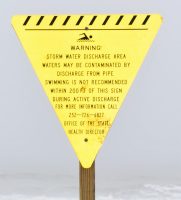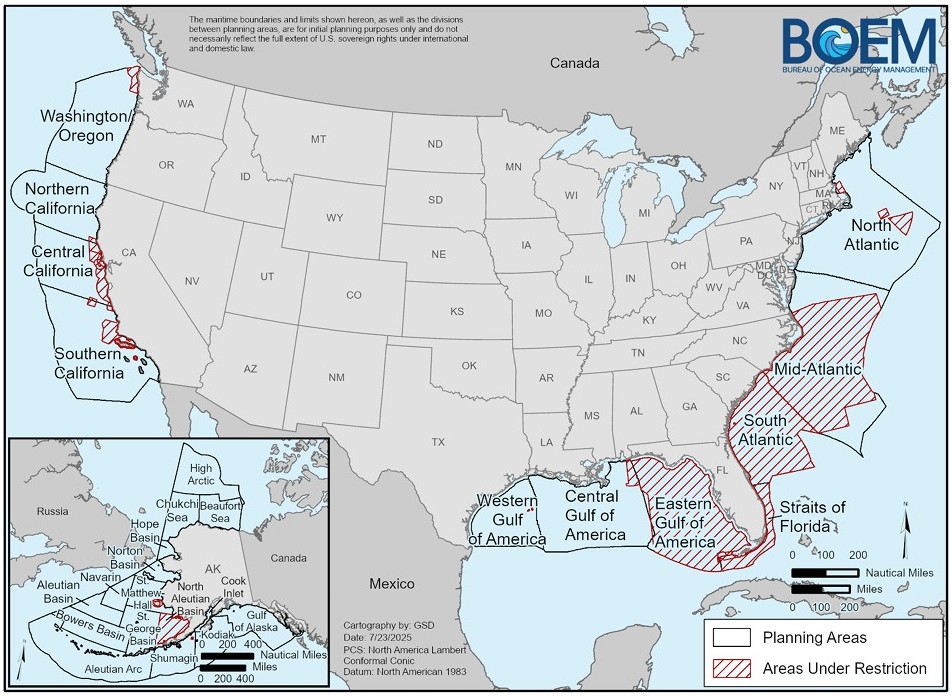
Update Aug. 5: State recreational water quality officials Thursday lifted a precautionary swimming advisory in Oak Island. The advisory was lifted because floodwaters have rescinded, and pumping has ceased.
Update Aug. 4: State recreational water quality officials Wednesday lifted a precautionary advisory against swimming in the ocean at the junction of Seawatch Way and Fort Fisher Road North in Kure Beach.
Supporter Spotlight
State officials this week have issued public advisories against swimming at ocean and sound sites.
Kure Beach
A sewer spill has prompted state recreational water quality officials to issue a precautionary advisory against swimming in the ocean at the junction of Seawatch Way and Fort Fisher Road North in Kure Beach.
Kure Beach officials estimate that the town’s collection system lost less than 500 gallons of untreated sewage that may have reached the ocean. Town officials told the Department of Environmental Quality that they had fixed the problem and that the spill had ceased.
Wastewater discharges increase the risk that contamination is present. Adverse health effects such as diarrhea, abdominal cramps and skin infections could occur if people swim in these areas, and the public is advised to avoid bodily contact with these waters.
State officials said they were monitoring the situation and would lift the advisory when test results show bacteria levels meet state and federal standards for swimming and waterplay.
Supporter Spotlight
Oak Island
Officials also issued an advisory earlier this week for the ocean area near Crowell Street in Oak Island where floodwater pumping occurred.
Surfers and swimmers were advised to avoid the area.
Recent rains have caused flooding of streets, yards, and housing in parts of Oak Island and nearby communities. To minimize the flooding damage and to ensure roads were accessible for emergency vehicles, the town pumped floodwater into the ocean. More rain is forecast for the remainder of the week.
The water can contain pollutants such as waste from wildlife and pets, oil and gasoline from parking lots and waste from septic systems or sewers.
State officials said the notice was not to imply that disease-causing organisms were present in the water; rather it was to caution beachgoers of an increased risk of contamination that can cause adverse health effects.
State recreational water quality officials were place signs at the discharge site along the ocean beach to warn the public of the possible health risk.
State officials are to remove the signs and notify the public 24 hours after the pumping stops.
Morehead City
Officials this week also posted an advisory at a site on Bogue Sound in Carteret County, where state recreational water quality officials found bacteria levels in the water that exceed the state’s and Environmental Protection Agency’s recreational water quality standards.
The advisory is for an area at the public access to Bogue Sound at Sunset Drive in Morehead City. Test results of water samples indicate a running monthly average of 64 enterococci per 100 milliliters of water. This exceeds the state and federal standards of a running monthly average of 35 enterococci per 100 milliliters, based on five samples taken within a 30-day period.
An advisory issued for the public access to Bogue Sound at 16th Street in Morehead City on July 7 remains in effect.
Enterococci, the bacteria group used for testing, are found in the intestines of warm-blooded animals. While it is not known to cause illness, scientific studies show that enterococci may indicate the presence of other disease-causing organisms. People swimming or playing in waters with bacteria levels higher than the standards have an increased risk of developing gastrointestinal illness or skin infections.
This advisory was not a beach closing, nor does the advisory affect the entire Morehead City area. Swimming advisories are for waters within 200 feet of a posted sign.
State officials said they would continue testing the areas, and they will remove the sign and notify the public again when the bacteria levels decrease to levels below the standards.
Officials with the state Recreational Water Quality Program sample 213 sites throughout the coastal region, most of them on a weekly basis, from April to October. Testing continues on a reduced schedule during the rest of the year, when the waters are colder.







